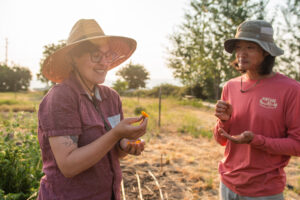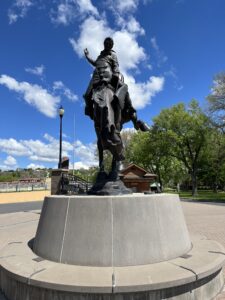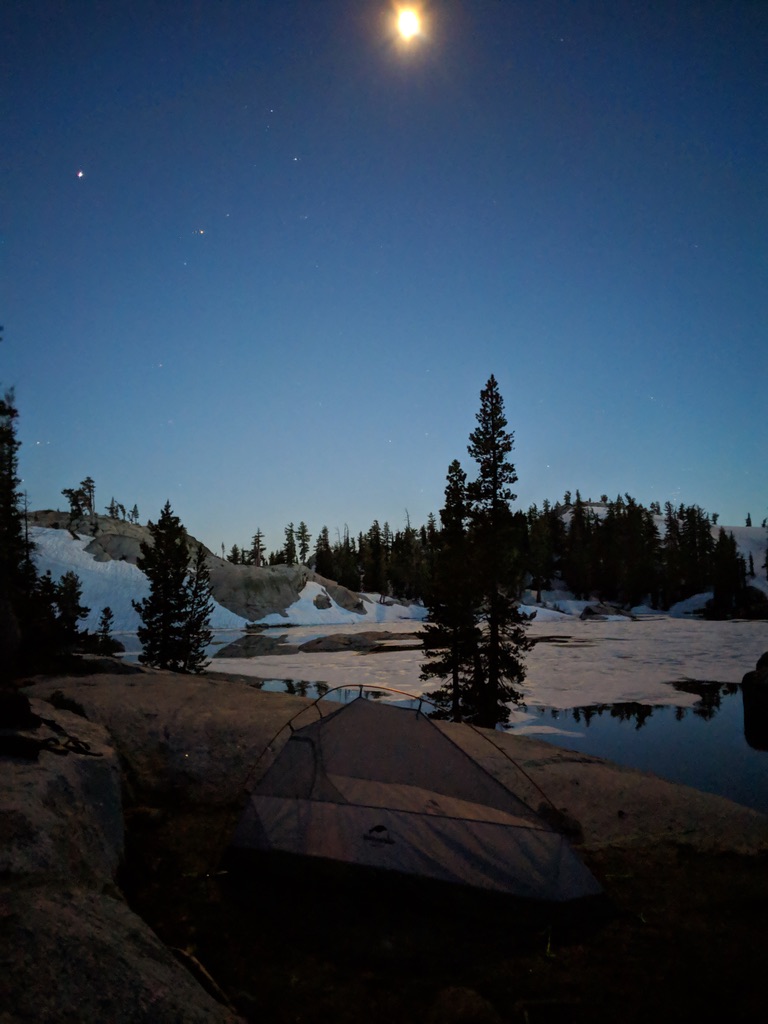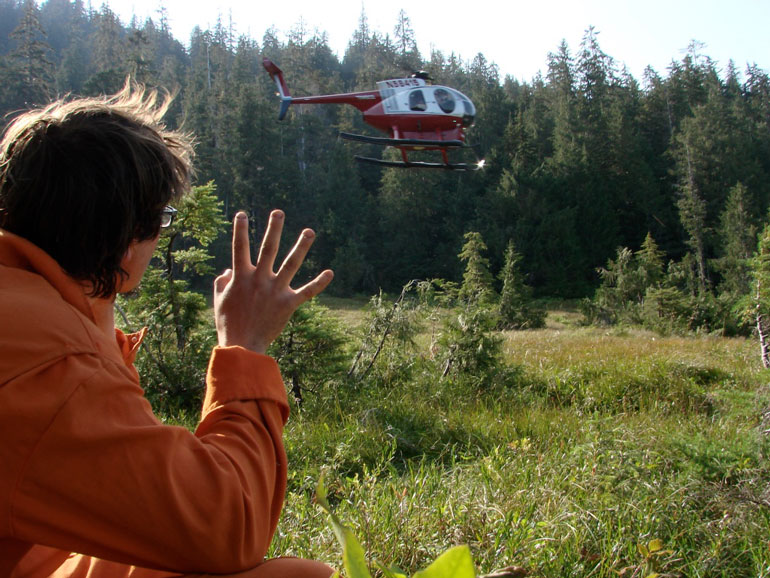Hi again! It feels like just yesterday I wrote my first blog, and I can’t believe I’m in my last week of my internship. My time with Oregon State University Extension Communications has been wonderful and I’ve learned so much.

This summer, outside of creating some social media content templates and content for Extension pubs and articles, I worked on a campaign and I’m very proud of my work. I was part of creating a campaign for emergency preparedness that me and another student worker worked together on to create Blossom the Beaver to present the campaign to the public on the OSU Extension flagship accounts. It was a lot of fun having the creative freedom for a project like this and getting experience in creating a campaign of my own was extremely educational.
One struggle I had to overcome in my internship was just how different it was working in an office everyday instead of outside doing physical labor like I’ve done most of my life. It took some adjusting to the different style of work but by the end of the summer I learned how to work in a different way than I was used to. My biggest takeaway from this internship was how much planning and work it takes to market and create content for such a large program. I learned how big OSU Extension really is in Oregon’s community, and I will certainly use the planning and collaboration skills I learned this summer in a future career.
Thank you to the Extension Communication’s team for teaching me so much!














